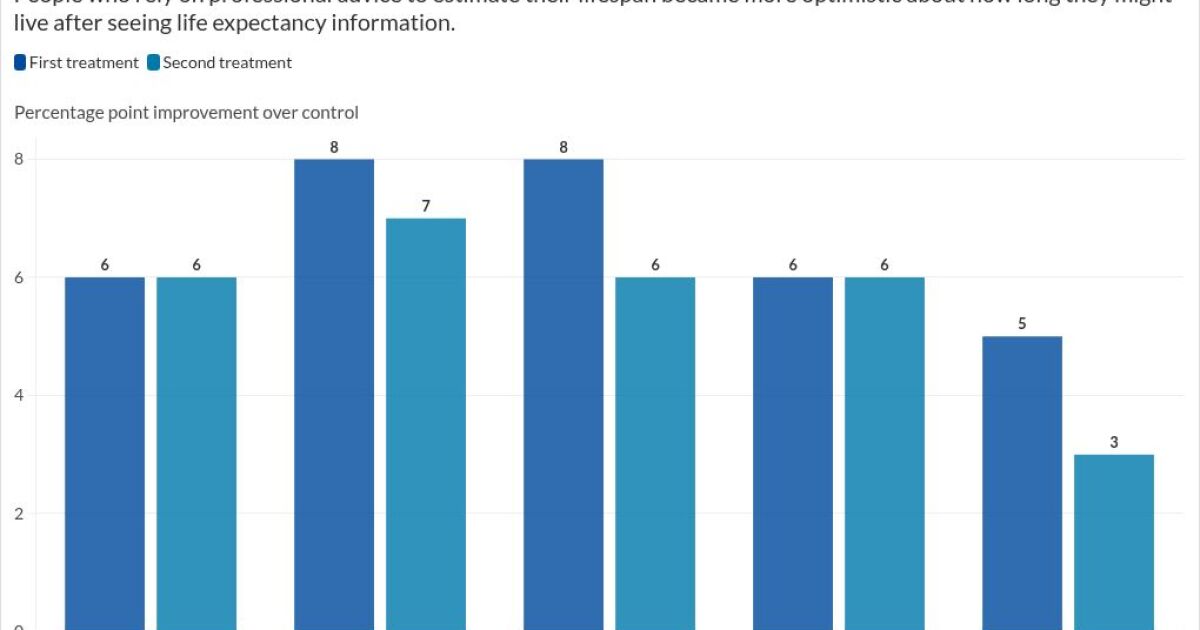The chart below compares total returns, which measure both price appreciation and reinvested dividends, across major Canadian and U.S. equity benchmarks since 2016.
While the S&P 500 and S&P/TSX 60 have surged higher, Canadian real estate investment trusts (REITs) have badly lagged. The gap hasn’t narrowed meaningfully either. Even with distributions reinvested, the S&P/TSX Capped REIT Index remains well below its pre-COVID highs, with little evidence of a sustained rebound.
I’m not a value investor by nature, nor a sector picker, but divergences like this give me pause. Canadian REITs may quietly represent one of the few asset classes that aren’t overvalued today—and could offer genuine recovery potential in the years ahead, especially as interest rates fall.
The irony is that many Canadians still see real estate as the path to financial independence after decades of soaring home prices, even with the recent downturn in major cities like Toronto. Yet few consider REITs, which do the same thing at scale, with diversification and liquidity that private property ownership can’t match, especially when packaged into an exchange-traded fund (ETF).
The ABCs of Canadian REIT investing
REITs have their own nuances that make them very different from regular stocks. You can’t analyze them using the same metrics you’d apply to a company like Dollarama. That’s because REITs are pass-through vehicles: they’re exempt from paying corporate income tax as long as they distribute most of their taxable income to unitholders.
Unlike operating companies that make money by selling products or services, REITs earn revenue primarily from rent. They own portfolios of income-producing real estate and pass that rental income on to investors through distributions, which are usually paid monthly and tend to be higher than the average dividend yield from stocks in other sectors.
Canadian REITs span a variety of sub-sectors, including:
Office: properties leased to businesses and professional firms
Retail: shopping centers and standalone stores
Residential: apartment complexes and multi-family housing
Industrial: warehouses, logistics hubs, and distribution centers
Diversified: a mix of several categories above
Because of how REITs operate, you can’t value them using conventional measures like earnings per share (EPS) or price-to-earnings (P/E) ratios. In fact, those figures can be misleading on sites like Yahoo Finance or Google Finance. That’s because REITs use significant non-cash charges such as depreciation, which can artificially depress reported earnings even when cash flow is strong.
X
The key metric for REITs is funds from operations (FFO). FFO adjusts net income by adding back depreciation and amortization (which are non-cash expenses) and subtracting any gains or losses from property sales. In simple terms, FFO is a more accurate measure of a REIT’s true cash-generating ability.
Once you know the FFO, you can calculate price-to-FFO, the REIT equivalent of a price-to-earnings ratio. It tells you how expensive a REIT is relative to its cash flow. Comparing a REIT’s price-to-FFO to its own historical average and to peers within the same subsector (e.g., residential vs. residential) gives a much fairer sense of value.
FFO is also used to judge whether a REIT’s distribution is sustainable. Since REITs pay out most of their income, the payout ratio is typically based on the percentage of FFO, not earnings. A lower payout ratio suggests more cushion to maintain distributions through economic downturns.
Supporting FFO is the occupancy rate, which measures how much of a REIT’s property portfolio is currently leased. It’s usually reported quarterly and varies by sector. As of late 2025, occupancy remains strongest in residential REITs, driven by housing demand, while office REITs continue to face pressure from remote work trends. Generally, you want to see occupancy of 95% or higher.
Another useful valuation tool is net asset value (NAV) per unit, which estimates the fair value of a REIT’s underlying real estate after liabilities. NAV divides the total appraised property value minus debt by the number of outstanding share units. The market price of a REIT can trade at a premium or discount to NAV—there’s no guarantee it will converge—but it’s still a good reality check for whether a REIT looks undervalued.
The best place to find these figures is in a REIT’s quarterly reports and audited financial filings. Some data providers, like ALREITs, compile these metrics for most Canadian-listed REITs.
Personally, I prefer REIT ETFs over picking individual REITs. Valuing REITs properly requires a working knowledge of specialized metrics. And while each REIT is diversified internally, most still focus on one property type or region. A REIT ETF spreads that exposure across multiple sectors and issuers, averaging out risks and simplifying portfolio management.
In Canada, REIT ETFs generally fall into two camps: passive index trackers and actively managed funds. Each has its strengths, and I’ll walk through some of the more notable examples in both categories, along with their pros and cons.

























